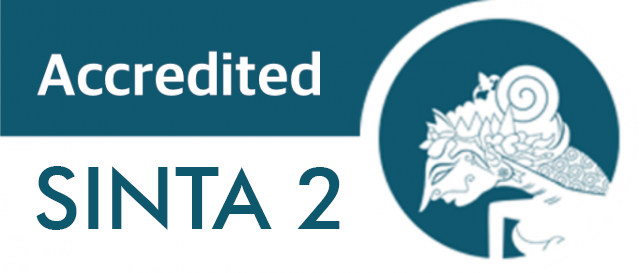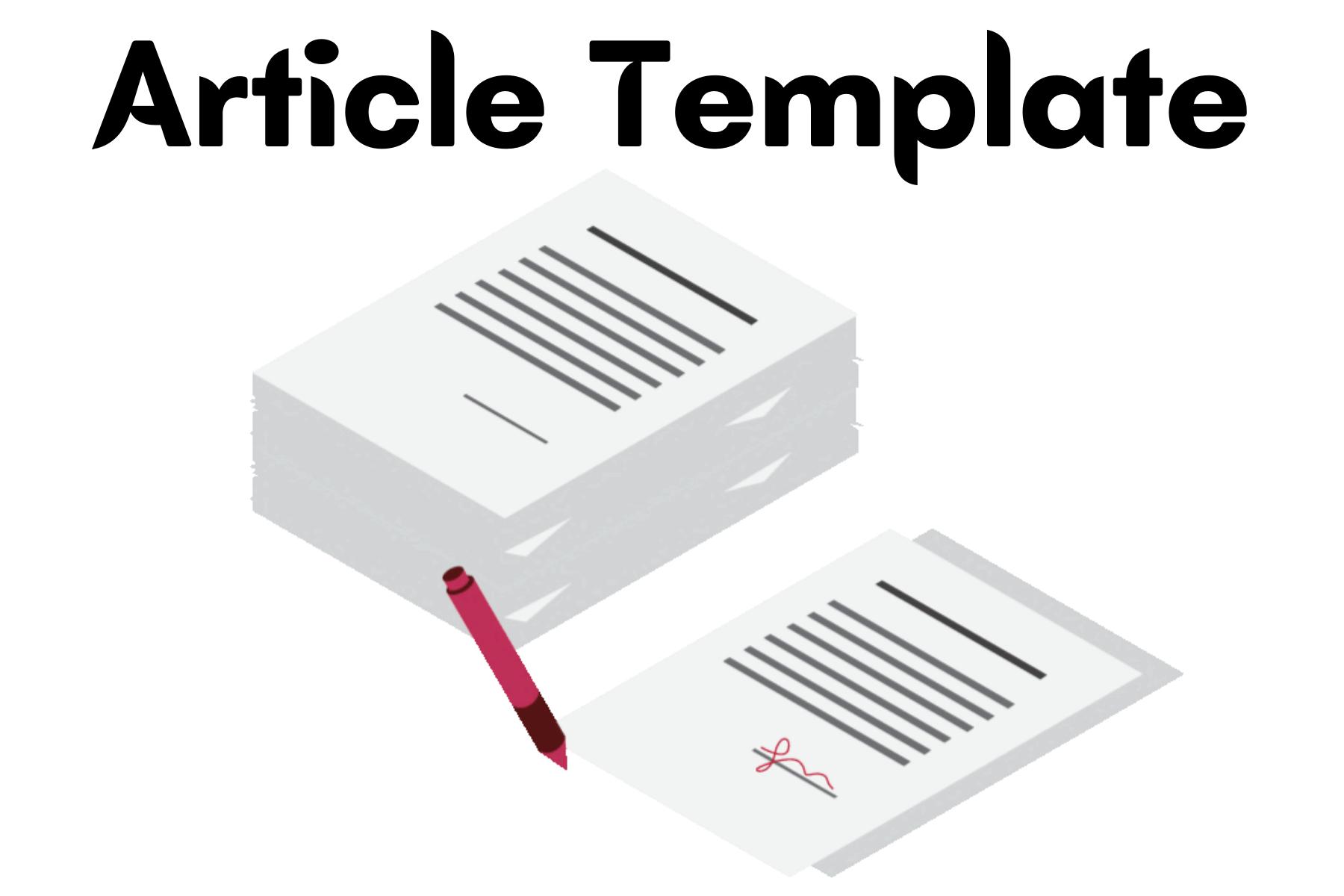Epsipo Strategy: Character Strengthening through Cultural Project-Based Mathematics Learning
DOI:
https://doi.org/10.18326/hipotenusa.v6i2.2255Keywords:
project-based learning, ethnomathematics, characterAbstract
Mathematics learning must be oriented towards achieving mathematical skills and shaping students' character. The nature of mathematics as the highest form of rationality, often results in the teacher's view that mathematics is only intended for cognitive development, but it is difficult to develop students' character. For this reason, the purpose of this research is to develop mathematics learning to improve students' cognitive abilities and character. This study uses an integrative literature review method by integrating ethnomathematical theory and project-based learning to build a theoretical framework for the Epsipo Learning Strategy (Ethnomathematics-Project-based Learning). The epsipo strategy is basically an effort that can be made to teach mathematics through a project with a cultural context. The project-based learning model has contributed to realizing meaningful mathematics learning, but it lacks value instillation. The ethnomathematics initiated by D'Ambrosio is rich in moral and social values. The two theories complement each other with their own advantages. Through the implementation of the Epsipo strategy, it is hoped that students will have the knowledge and ability to think mathematically and develop their character. It is hoped that through this strategy, mathematics learning is not only oriented towards achieving cognitive aspects but also to strengthen students' character.
References
Achor, E. E., Imoko, B. I., & Uloko, E. S. (2009). Effect of ethnomathematics teaching approach on senior secondary students’ achievement and retention in Locus. Educational Research and Reviews, 4(8), 385–390.
Ambrosio, U. D. (1997). Where Does Ethnomathematics Stand Nowadays. For the Learning of Mathematics, 17(2), 13–17.
Ansbacher, T. (1998). John Dewey’s Experience and Education: Lessons for Museums. Curator: The Museum Journal, 41(March), 36–49. https://doi.org/https://doi.org/10.1111/j.2151-6952.1998.tb00812.x
Bell, S. (2010). Project-Based Learning for the 21st Century: Skills for the Future. The Clearing House: A Journal of Educational Strategies, Issues and Ideas, 83(2), 39–43. https://doi.org/10.1080/00098650903505415
Bishop, A. J. (1988). Mathematics education in its cultural context. Educational Studies in Mathematics, 19(2), 179–191. https://doi.org/10.1007/BF00751231
D’ambrosio. U. (1985). Ethnomathematics and Its Place in the History and Pedagogy of Mathematics. Source: For the Learning of Mathematics, 5(1), 44–48.
D’Ambrosio, U. (1986). Socio-Cultural Bases for Mathematical Education. Proceedings of the Fifth International Congress on Mathematical Education, 1–6. https://doi.org/10.1007/978-1-4757-4238-1_1
D’Ambrosio, U. (1999). Literacy, Matheracy, and Technoracy. Math Think Learn, 1(2), 131–153.
D’Ambrosio, U. (2007). An Overview of the History of Ethnomathematics. In Current and Future Perspectives of Ethnomathematics as a Program (pp. 5–10). Springer International Publishing. https://doi.org/10.1007/978-3-319-30120-4
D’Ambrossio. (2007). Peace, social justice and ethnomathematics. The Montana Mathematics Enthusiast, December, 25–34.
Dewey, J. (2004). Experience and Education : Pendidikan Berbasis Pengalaman, Terj. Hani’ah. Teraju.
Fadhlullah, I. (2019). Kritik atas Pemikiran Humanisme Pendidikan John Dewey. El-Buhuth, 2(1), 1–154.
Freudenthal, H. (2000). Hans Freudenthal: a mathematician on didactics and curriculum theory. Journal of Curriculum Studies.
Gerdes, P. (1988). On culture, geometrical thinking and mathematics education. Educational Studies in Mathematics, 19(2), 137–162. https://doi.org/10.1007/BF00751229
Grant, M. M. (2002). Getting a grip on project-based learning: Theory, cases and recommendations. Meridian, 5(1).
Hasbullah. (2020). Pemikiran Kritis John Dewey Tentang Pendidikan (Dalam Perspektif Kajian Filosofis). Tarbiyah Islamiyah: Jurnal Ilmiah Pendidikan Agama Islam, 10(1), 1–21. https://doi.org/https://doi.org/10.18592/jtipai.v10i1.3770
Kilpatrick, W. H. (1918). Metode Proyek. In Teachers College Record (Vol. 19, Issue 4). Teachers College, COLUMBIA UNIVERSITY. https://education-uk.org/documents/kilpatrick1918/index.html
Knoll, M. (1996). Faking a dissertation: Ellsworth Collings, William H. Kilpatrick, and the ‘project curriculum.’ Journal of Curriculum Studies, 28(2), 193–222. https://doi.org/10.1080/0022027980280205
Koentjaraningrat. (2009). Pengantar Ilmu Antropologi. Rineka Cipta.
Kokotsaki, D., Menzies, V., & Wiggins, A. (2016). Project-based learning: A review of the literature. Improving Schools, 19(3), 267–277. https://doi.org/10.1177/1365480216659733
Liberati, A., Altman, D. G., Tetzlaff, J., Mulrow, C., Gøtzsche, P. C., Ioannidis, J. P. A., Clarke, M., Devereaux, P. J., Kleijnen, J., & Moher, D. (2009). The PRISMA statement for reporting systematic reviews and meta-analyses of studies that evaluate health care interventions: Explanation and elaboration. PLoS Medicine, 6(7). https://doi.org/10.1371/journal.pmed.1000100
Lipka, J., & Andrew-irhke, D. (2005). Ethnomathematics applied to classrooms in Alaska : Math in a Cultural Context. Mcc, 2–4.
Nurdin, B. V., Asnani, & Zakaria, W. A. (2020). BAHUGA LAMPUNG: Sebuah Etnografi. Aura.
Papandreou, A. (1994). An application of the projects approach to EFL. English Teaching Forum (pp. 41–42).
Parno, Nur’aini, D. A., Kusairi, S., & Ali, M. (2022). Impact of The STEM approach with formative assessment in PjBL on students’ critical thinking skills. Journal of Physics: Conference Series, 2165(1). https://doi.org/10.1088/1742-6596/2165/1/012044
Pomelov, V. B. (2021). The William Heard Kilpatrick’s project method: On the 150th anniversary of the American educator. Perspektivy Nauki i Obrazovania, 52(4), 436–447. https://doi.org/10.32744/pse.2021.4.29
Prahmana, R. C. I. (2022). Ethno-Realistic Mathematics Education: The promising learning approach in the city of culture. SN Social Sciences, 2(12), 1–19. https://doi.org/10.1007/s43545-022-00571-w
Prahmana, R. C. I., & D’Ambrosio, U. (2020). Learning geometry and values from patterns: Ethnomathematics on the batik patterns of yogyakarta, indonesia. Journal on Mathematics Education, 11(3), 439–456. https://doi.org/10.22342/jme.11.3.12949.439-456
Rosa, M., & Shirley, L. (2007). State of the Art in Ethnomathematics. In Gavarrete (Ed.), Current and Future Perspectives of Ethnomathematics as a Program (pp. 1–3). Springer US. https://doi.org/10.1007/978-3-319-30120-4_1
Rosa, M., Ubiratan D’, ·, Daniel, A., Orey, C., Shirley, L., Alangui, W. V, Palhares, P., & Gavarrete, M. E. (n.d.). Perspektif dari Etnomatematika sebagai Program Saat Ini dan Masa Depan. http://www.springer.com/series/14352
Situmorang, M., Sinaga, M., Sitorus, M., & Sudrajat, A. (2022). Implementation of Project-based Learning Innovation to Develop Students’ Critical Thinking Skills as a Strategy to Achieve Analytical Chemistry Competencies. Indian Journal of Pharmaceutical Education and Research, 56(1), S41–S51. https://doi.org/10.5530/ijper.56.1s.41
Snyder, H. (2019). Literature review as a research methodology: An overview and guidelines. Journal of Business Research, 104(March), 333–339. https://doi.org/10.1016/j.jbusres.2019.07.039
Soeratman, D. (1989). Kl HAJAR DEWANTARA. Departemen Pendidikan dan Kebudayaan Direktorat Sejarah dan Nilai Tradisional Proyek Inventarisasi dan Dokumen Sejarah nasional.
Susiana, Caswita, & Noer, S. H. (2020). Ethnomathematics: Mathematical concepts in Tapis Lampung. Journal of Physics: Conference Series, 1581(1). https://doi.org/10.1088/1742-6596/1581/1/012056
Sutinen, A. (2013). Two Project Methods: Preliminary observations on the similarities and differences between William Heard Kilpatrick’s project method and John Dewey’s problem-solving method. Educational Philosophy and Theory, 45(10), 1040–1053. https://doi.org/10.1111/j.1469-5812.2011.00772.x
The George Lucas Educational Foundation. (2007). Project-Based Learning Professional Development Guide: An overview of the Edutopia professional development guide for teaching how to use project-based learning in the classroom. https://www.edutopia.org/project-based-learning-guide-implementation
Thomas, J., Condliffe, B., & Quint, J. (2015). A REVIEW OF RESEARCH ON PROJECT-BASED LEARNING. Interdisciplinary Journal of Problem-Based Learning, 22(1), 1–18.
Torraco, R. J. (2005). Writing Integrative Literature Reviews: Guidelines and Examples. Human Resource Development Review, 4(3), 356–367. https://doi.org/https://doi.org/10.1177/1534484305278283
Vaillancourt, R. (2009). I Hear and I Forget, I See and I Remember, I Do and I Understand. The Canadian Journal of Hospital Pharmacy, 62(4), 272–273. https://www.ncbi.nlm.nih.gov/pmc/articles/PMC2826962/
Wong, G., Greenhalgh, T., Westhorp, G., Buckingham, J., & Pawson, R. (2013). RAMESES publication standards: Meta-narrative reviews. Journal of Advanced Nursing, 69(5), 987–1004. https://doi.org/10.1111/jan.12092
Zaenuri, Dwidayati, N., & Suyitno, A. (2018). Pembelajaran Matematika Melalui Pendekatan Etnomatematika (Studi Kasus Pembelajaran Matematika di China).
Downloads
Published
How to Cite
Issue
Section
License
Copyright (c) 2024 Karsoni Berta Dinata, Undang Rosidin, Irawan Suprapto, Sugeng Sutiarso, Dwi Yulianti, Sumarno

This work is licensed under a Creative Commons Attribution-NonCommercial-ShareAlike 4.0 International License.

This work is licensed under a Creative Commons Attribution-ShareAlike 4.0 International License.


